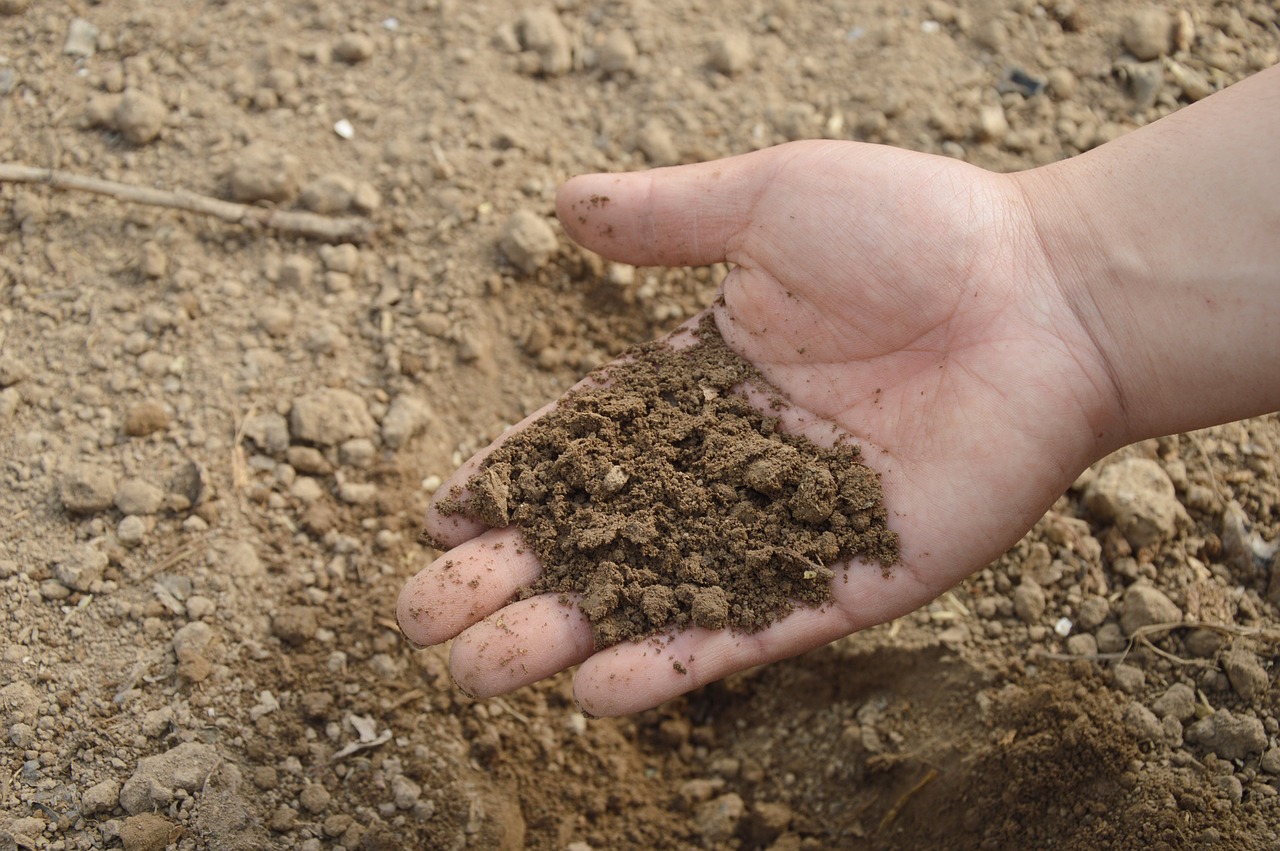So, you’ve decided that adding fruit trees to your landscape is a good idea. In fact, you have a plan to create a garden in the back yard or some area of the acreage that’s specifically for several trees. Before you run out and start buying trees at random, there are several things that must be done first. These ten hints will help you prepare for successfully adding those trees and enjoying the results as the years pass.
10 Helpful Hints to Start Growing Fruit Trees in Your Garden
Consult the USDA’s Hardiness Zone Chart
Sometimes referred to as a growing zone chart, the USDA Hardiness Zone Chart divides the nation into a series of 13 different areas or zones based on factors, such climate. The goal is to provide guidelines on what sort of plants are most likely to thrive in each zone during the different seasons of the year. Along with other types of plant life, the chart also provides guidelines for what sorts of fruit trees are likely to thrive within a given geographical area.
Identifying what zone you’re in is a great way to learn what kind of fruit trees are most likely to grow easily in your area. By choosing to consult the chart before you buy nectarine tree, you have a reasonable assurance that the tree is likely to take root and remain healthy for a long time. You’ll also have a better idea of whether the tree is likely to do nothing more than produce beautiful foliage and some blooms, or if mature fruit will eventually form.
Have the Soil Analyzed
Now that you have some idea of what sort of fruit trees are suitable, it’s time to find out if the soil on your property will support proper growth. The best way to do this is to have the soil analyzed. Collect soil samples from the part of the grounds where you intend to plant the trees. You’ll find that a county agent or a private business like a nursery, can help you get the samples to the right place.
The goal is to better understand the content of the soil as it stands right now. Compare the results to the type of nutrients that the trees you’re considering need. You might find out that your property is ideal for growing specific kinds of fruit trees right this minute. If so, those recommendations can help guide your choices.
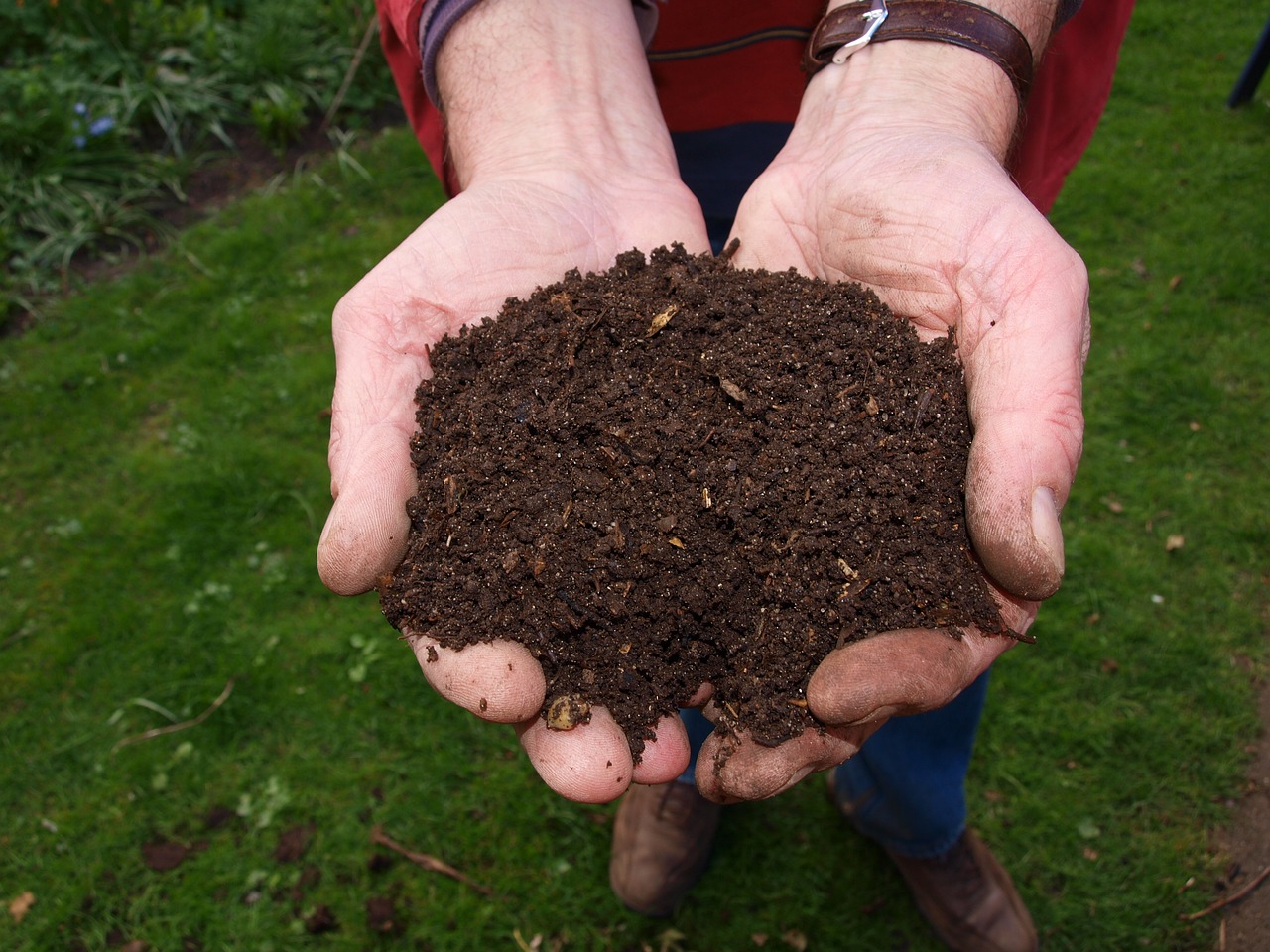
And Add Nutrients Before Planting if Needed
There’s a chance that the soil is either partially depleted or could use some additional nutrients before anything is planted. In this scenario, you would want to find out what sort of nutrients would prepare the soil for the trees that you have in mind. That in turn will help you choose the right fertilizer for the job.
Compost or fertilizer with the right nutrients will do the trick. Keep in mind that you may need to compost or fertilize the site more than once. A lot depends on the condition of the soil, what needs to be added, and how much is required. You can always have another soil analysis done in the weeks following the fertilization. If the content is up to par, it’s time to move forward with the project.
One Type of Fruit or Several?
You do want to decide what will be included in your layout for the fruit trees. Do you envision having a small grove of apple trees? Perhaps you like the idea of including more than one type of fruit tree on the grounds. Many homeowners like the idea of placing some fig trees in one part of the yard while planting peach or plum trees in a different area.
Assuming that you plan on using the fruit in some manner, it never hurts to go with more variety. Along with having fresh fruit that’s likely to develop in different seasons, this also allows you to gather and prepare the fruit for later use. You may choose to blanch and freeze some of it. Other fruit can be made into preserves or jelly. You may also like the idea of making your own pickled peaches, apples, or pears. In any case, the variety allows you to enjoy what’s in season while also preparing fruit so that you can continue to enjoy it in some form when it’s out of season.
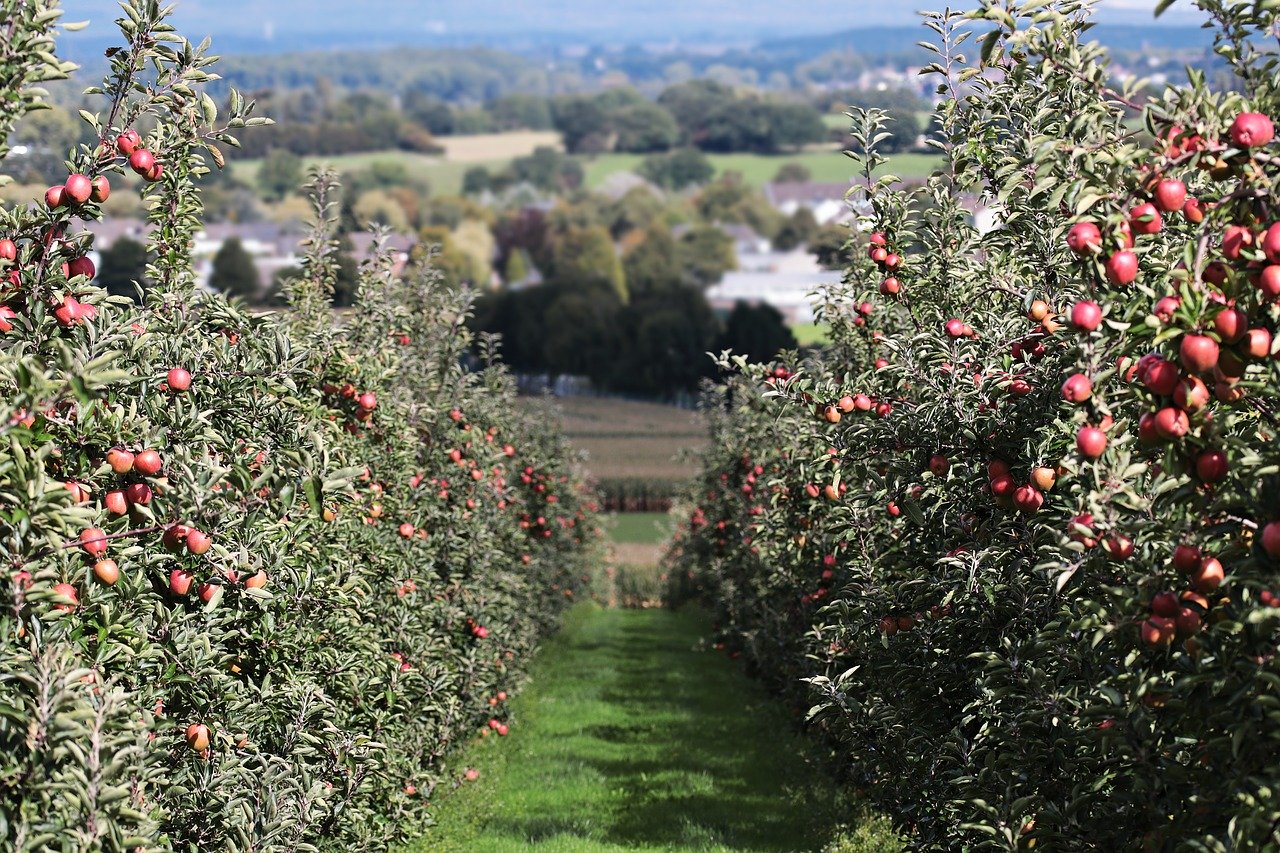
Orchard Trees or Dwarf Trees?
Space will also factor into how your plan for growing fruit trees develops. How much of your yard do you want to set aside for this purpose? Even if you have a smaller yard, there’s still the opportunity to have several different trees included in the landscape.
When there’s not a lot of yard to work with, considering the idea of dwarf trees is a good idea. These are usually no more than ten feet tall and approximately as wide. They are capable of producing a great deal of fruit. In fact, you may have some to give to the neighbors or pass on to friends.
If you do have more space, there’s always the option of going with orchard trees. They can easily be several times the height of dwarf trees and also provide plenty of shade for the grounds. You may already be envisioning yourself sitting under one of those trees and being able to enjoy munching on a freshly-picked piece of fruit.
Remember that you do need to space the trees so there’s plenty of room for growth. Keep that in mind as you consider the type and the number of trees that you add to the garden.
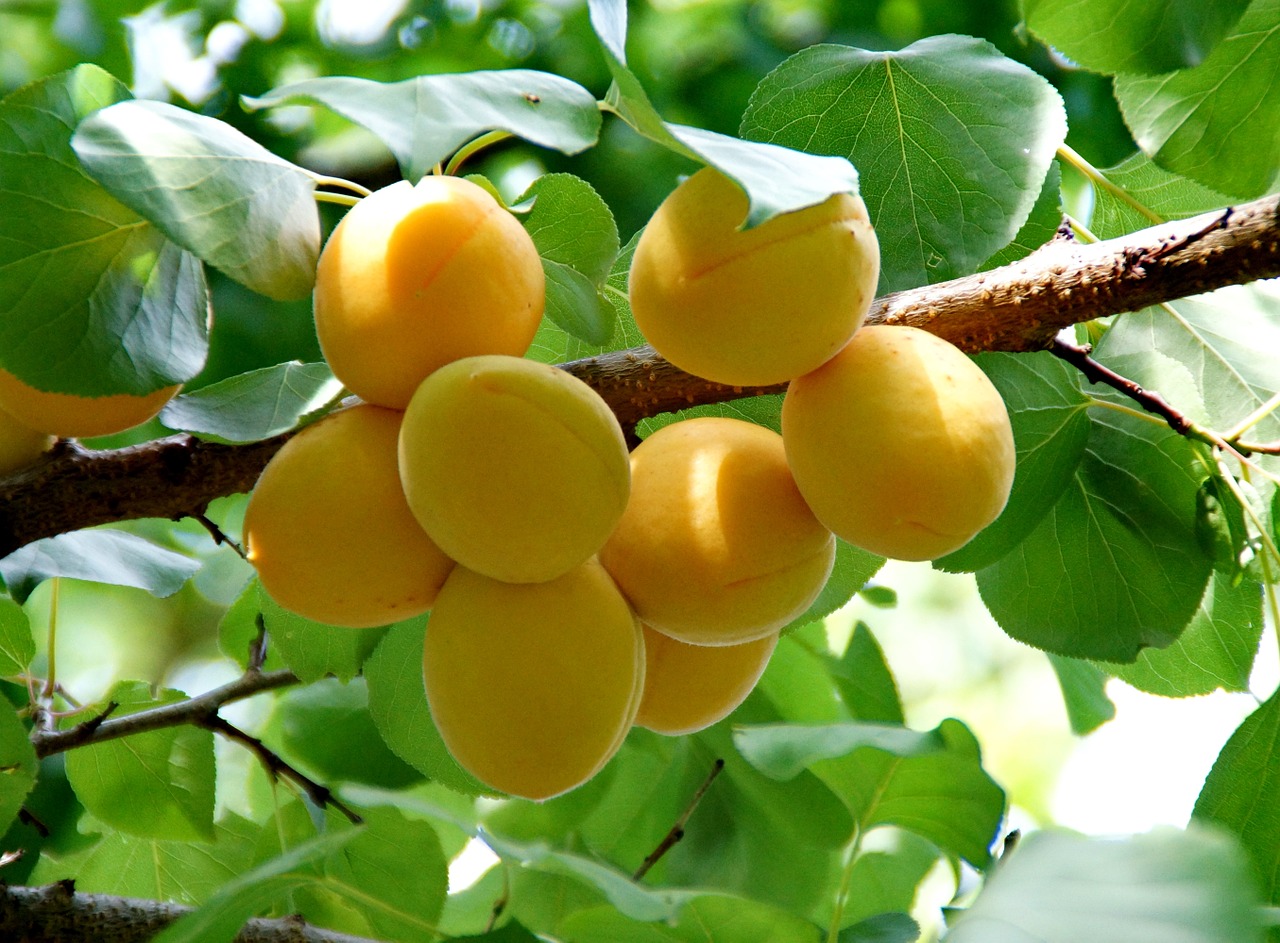
Cross-Pollination or Self-Pollinating?
Before you buy plum tree or any other type of tree, consider if you want to go with something that requires cross-pollination or is self-pollinating. In other words, do you need to purchase at least two of the same tree in order for both to thrive? In that scenario, you want trees that are classed as male or female. One will produce male blooms while the other will produce female blooms. The bees will take things from there.
Self-pollinating trees produce both male and female blooms. If you go with this option, there’s no need to have more than one specific type of fruit tree.
Apple, plum, and pear trees are good examples of cross-pollinating options. Peach, apricot, and sour cherry trees are good choices if you want to go with something that’s self-pollinating.
The Timing Matters
Remember the Hardiness Zone Chart? Along with providing some ideas of what sort of fruit trees to plant, this resource also provides some suggestions about what time of year to plant certain kinds of trees. Depending on the zone where you live, choosing to plant accordingly increases the odds of seeing blooms and ultimately fruit develop sooner rather than later.
A broad guideline that the experts at CRJ Fruit Trees recommend is to look closely at the late winter or early spring period. Provided there’s no snow on the ground and the soil is not too frozen to dig into, this is a time frame that will work for many kinds of fruit trees. You still want to check into recommendations based on the specific trees you want to plant, but this will give you some idea of how to plan out the preparation, and when to have the trees delivered for planting.
Know What Type of Care Your Trees Need
Some types of fruit trees will need relatively little care once they’re in the ground. You may need to plan on fertilizing once a year and possibly treating the foliage to keep the bugs away during summer. Other trees may need more attention in order to thrive.
Keep this in mind as you select the trees. If you want to spend more time tending to them, feel free to go with whatever you like. For property owners who would prefer to keep the tending to a minimum, opt for fruit trees that will require almost no attention at all.
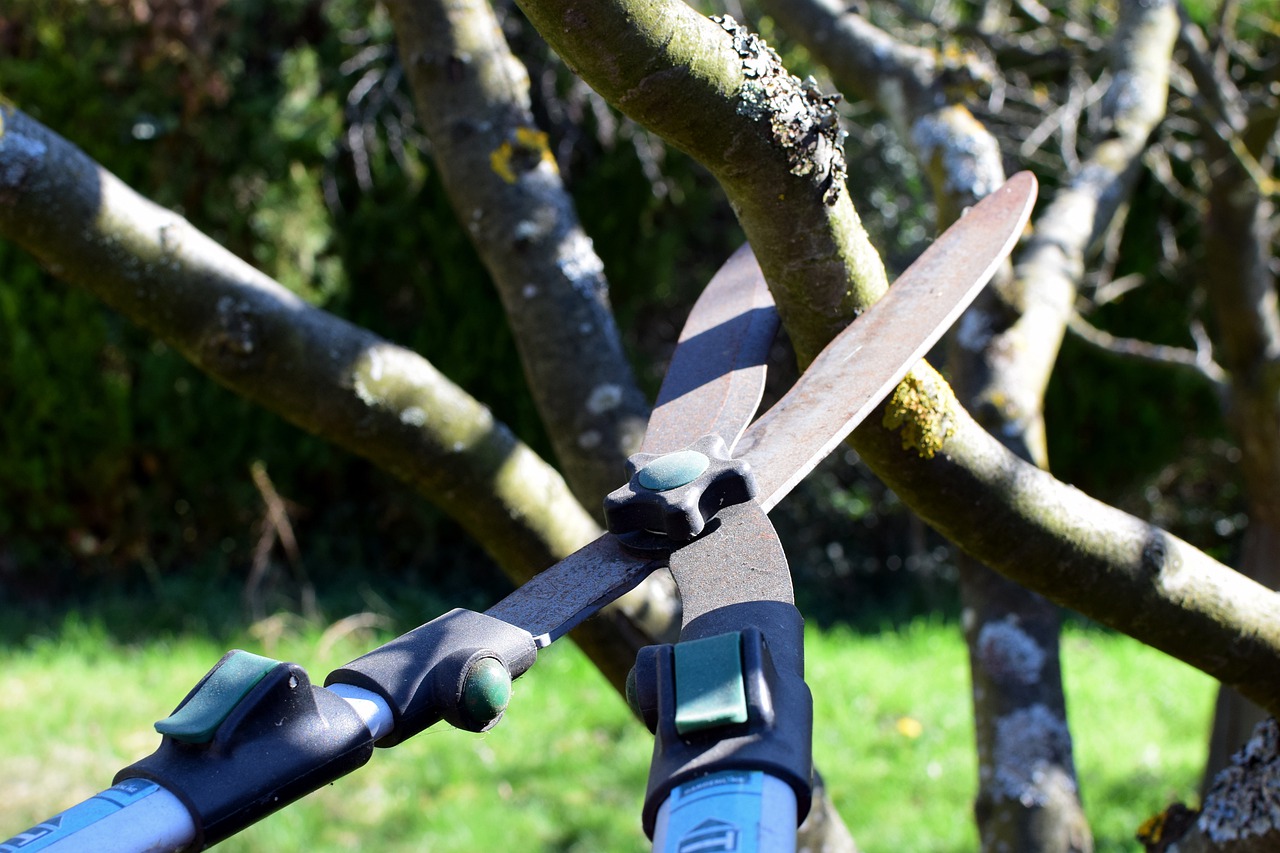
That Includes When and If You Should Prune the Trees
One task that most types of fruit trees will need from time to time is pruning. This is often the case when the tree matures enough to bear fruit. Foliage that’s too thick inhibits the production of blooms and ultimately reduces the amount of fruit produced.
Summer is often the best time to prune fruit trees of any type. Remember that pruning does not mean hacking. Be selective in how you prune and the tree is likely to remain healthy and relatively full.
Buy From Reputable Sources Only
There are plenty of places to buy fruit trees online, but they are not all of the same quality. Your goal is to find a supplier who has a reputation for providing trees that are healthy, ready to plant, and known to produce a reasonable amount of fruit. Trees that are inspected and approved by some authority will be your best bet.
If you’re not sure about the quality offered by a particular seller, research the business further. You’re likely to find comments and reviews on message boards, social media posts, and even sites dedicated to rating and reviewing different kinds of businesses. The information you find there will help you know where to get the trees. If they work well for you, there will be no question of who to buy from in the future.
Remember to check beyond unit price and consider the cost and terms of the fruit tree delivery. This will help you determine if a particular seller offers similar quality for a lower overall price.
Take your time and plan out the strategy for adding fruit trees carefully. Time spent taking care of details on the front end will increase the odds of having healthy trees that produce plenty of fruit in the years to come.
Autumn is the best time of year to plant fruit trees. Fruit-trees.com sells a large variety of trees, including plum, pear, apricot, mulberry, peach and apple at unbeatable prices.
Fruit-trees.com uses only the cleanest stocks available for propagation and provides detailed information about planting and care, in order to give your fruit trees the greatest opportunity for success.
Visit fruit-trees.com now to pre-order your new trees for fall.
